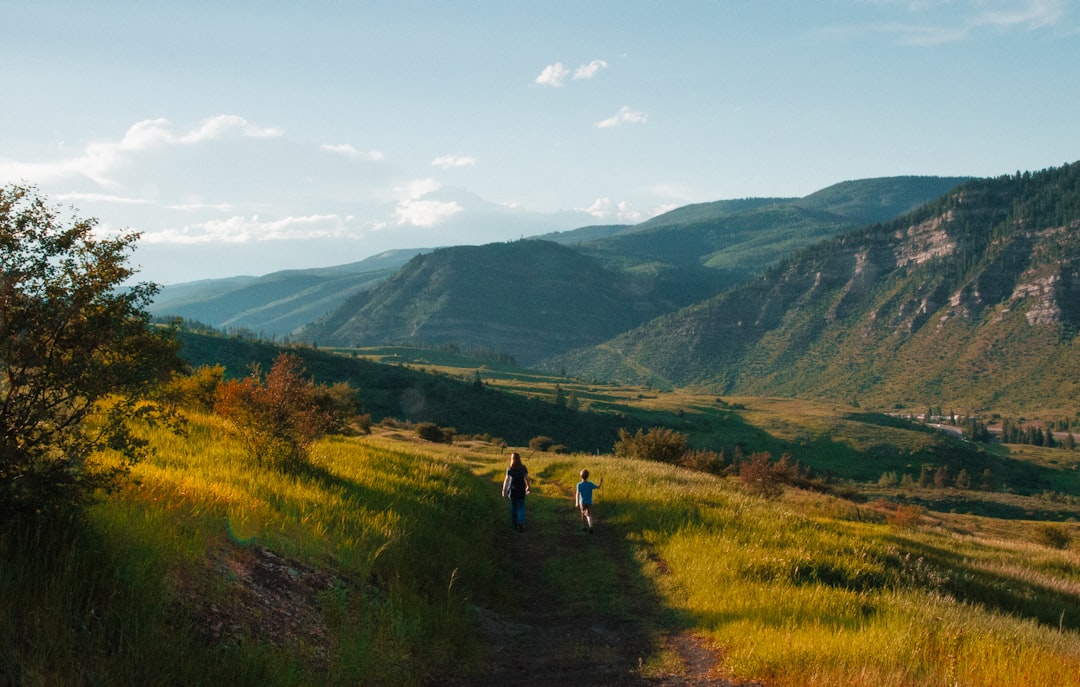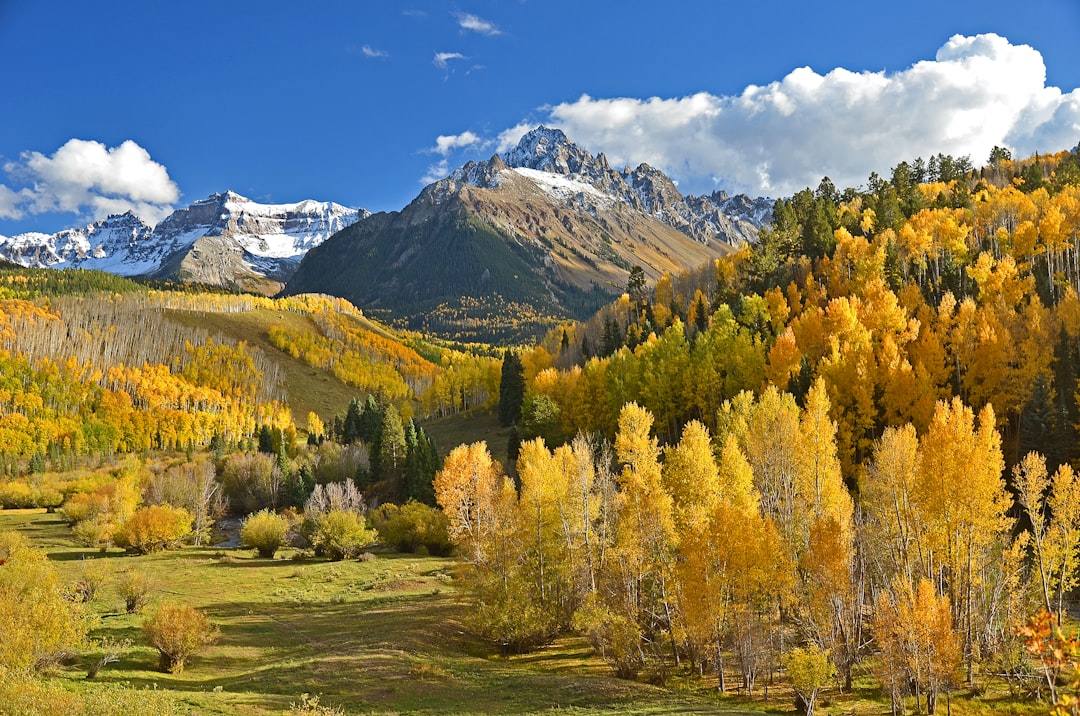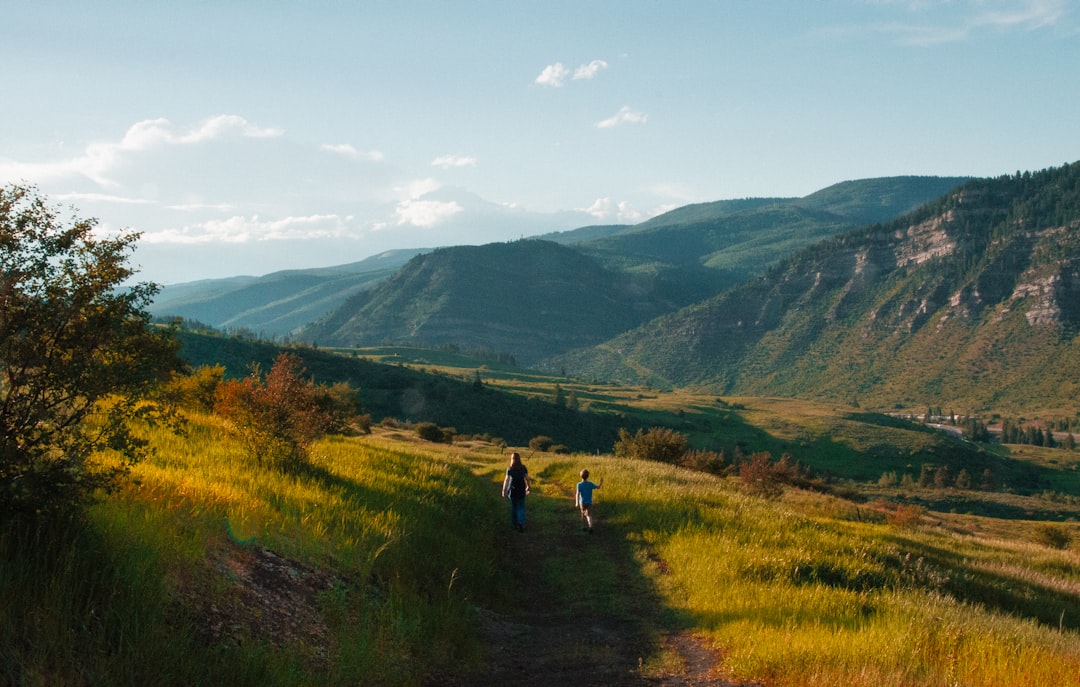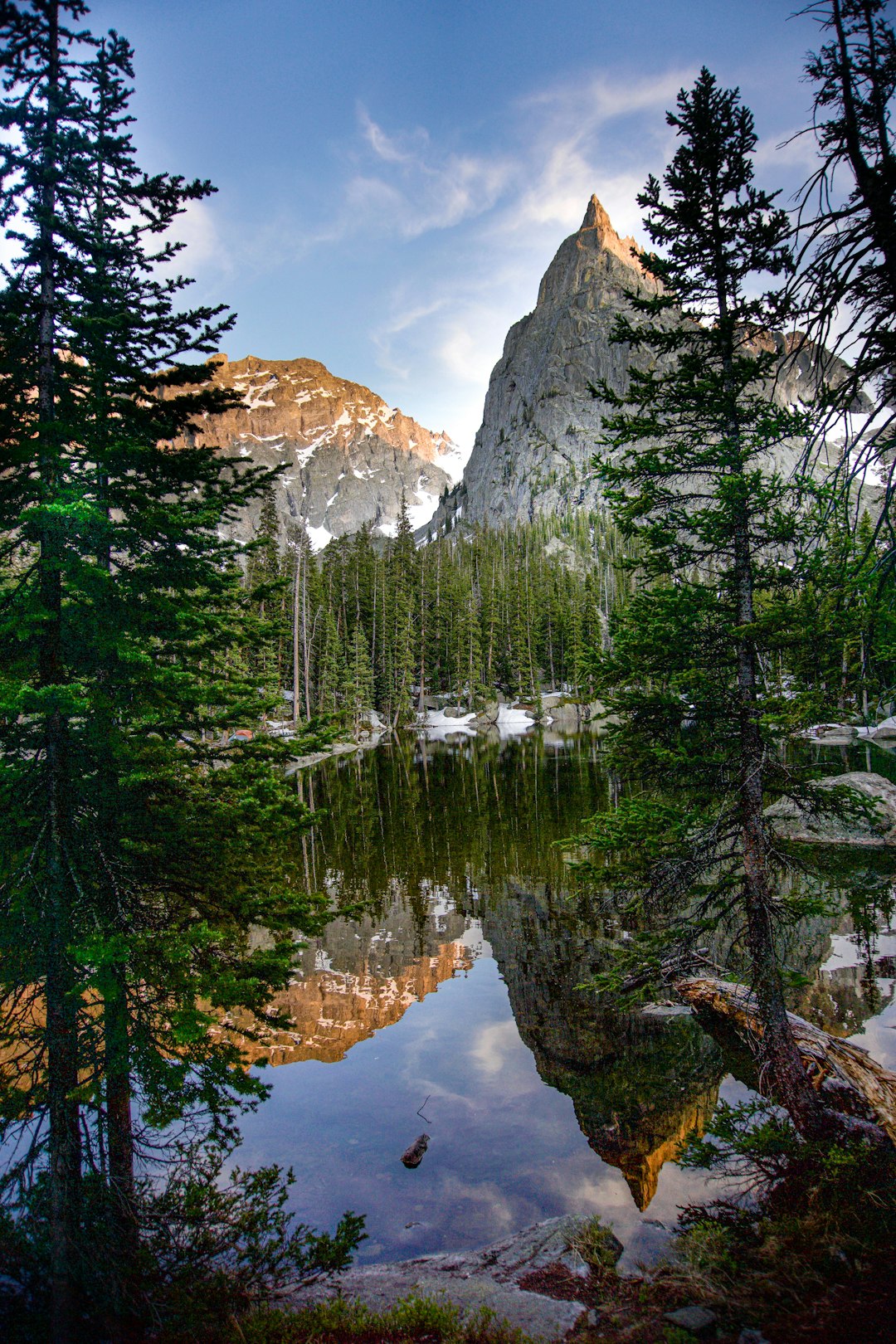Rocky Mountain National Park's Wildlife Refuge is a haven for nature lovers, boasting diverse ecosystems and over 300 bird species, 75 mammals, and countless insects and reptiles. With varied geography and climate, it offers unique habitats for elk, specialized birds, and hardy plants. Visitors can enhance their wildlife spotting with early or dusk visits, binoculars, and patience. Following park guidelines is crucial for both memorable encounters and ecosystem preservation. The refuge features 300+ miles of hiking trails suitable for all skill levels, from easy strolls to challenging treks, offering breathtaking natural scenery and diverse ecosystems. Strict conservation practices ensure the refuge's delicate balance, with rules like staying on designated trails and proper waste disposal to prevent habitat damage and disturb animals.
Discover the enchanting Rocky Mountain National Park Wildlife Refuge, a haven for diverse ecosystems and abundant wildlife. This comprehensive guide explores the park’s secrets, from spotting unique creatures to hiking scenic trails suited for all levels. Learn about conservation efforts preserving this delicate balance, ensuring future generations can appreciate its natural beauty. Immerse yourself in the refuge’s tapestry of life while respecting its rules, making your visit a memorable experience.
Discovering the Diverse Ecosystems within the Refuge

Rocky Mountain National Park’s wildlife refuge is a treasure trove of diverse ecosystems, each teeming with unique flora and fauna. From alpine forests to subalpine meadows, visitors can explore a vast array of habitats that support over 300 species of birds, 75 mammals, and countless insects and reptiles. The refuge offers a microcosm of Colorado’s natural beauty, where one can witness the intricate interplay between these ecosystems and their inhabitants.
As you venture deeper into the refuge, you’ll discover distinct zones, each with its own characteristics. For instance, the subalpine zone boasts lush meadows dotted with wildflowers, providing crucial grazing areas for elk and other herbivores. In contrast, the rugged peaks and crags of the alpine zone are home to hardy plants adapted to harsh conditions and serve as habitats for specialized birds like the Rocky Mountain hawk. This ecological diversity is a result of the park’s varied geography and climate, making it a fascinating destination for nature enthusiasts and those seeking to understand the intricate web of life in these protected areas.
Wildlife Spotting: What to Expect and How to Enhance Your Experience

When exploring the Wildlife Refuge at Rocky Mountain National Park, visitors often eagerly anticipate wildlife spotting as a highlight of their experience. The park is home to an array of diverse species, including elk, mule deer, black bears, and even rare birds like the golden eagle. To enhance your encounter, consider arriving early or just before dusk when animals are most active. Using binoculars can greatly improve your viewing capabilities, allowing you to spot creatures from a distance without disturbing their natural habitat. Patience is key; allow ample time for unexpected encounters and remember not to disturb or feed any wildlife you encounter.
For the best results, familiarize yourself with the park’s guidelines regarding wildlife behavior. Stick to designated trails and viewing areas to minimize impact on the ecosystem. Keep a safe distance from animals at all times, as even seemingly docile creatures can become aggressive if felt as a threat. By following these simple tips, visitors can enjoy a memorable experience, observing these magnificent beasts in their natural setting while contributing to the preservation of this precious wildlife refuge.
Hiking Trails for Every Level: Exploring the Refuge's Natural Beauty

Rocky Mountain National Park’s Wildlife Refuge offers a diverse range of hiking trails catering to all skill levels, allowing visitors to immerse themselves in breathtaking natural scenery. Whether you’re an experienced hiker or just starting, there’s a trail that promises an unforgettable journey through the park’s vast wilderness. The refuge boasts over 300 miles of trails, ranging from easy strolls to challenging treks.
For beginners and families, shorter trails like the Meadow Mountain Loop provide a gentle introduction to the park’s beauty. More experienced hikers can tackle longer routes such as the Longs Peak Trail, offering panoramic views of the surrounding peaks. These trails not only showcase the refuge’s diverse ecosystems but also play a vital role in wildlife conservation efforts, making them accessible and informative experiences for visitors from near and far.
Conservation Efforts and Rules to Respect the Refuge's Delicate Balance

The Rocky Mountain National Park Wildlife Refuge is a sanctuary designed to protect and preserve an array of flora and fauna species. Conservation efforts here are stringent, focusing on maintaining the delicate balance of this diverse ecosystem. Visitors play a crucial role in upholding these efforts by adhering to specific rules. One primary rule is to stay on designated trails, which helps prevent habitat destruction and ensures wildlife isn’t disturbed from their natural routines.
Moreover, it’s essential to practice responsible waste disposal, respect wildlife from a distance, and avoid any actions that could introduce foreign species. The refuge’s delicate balance can be easily disrupted by careless behavior, so visitors are encouraged to be mindful of their impact. These measures aren’t just rules; they’re vital steps toward ensuring the refuge’s long-term health and the continued thriving of its remarkable wildlife.






